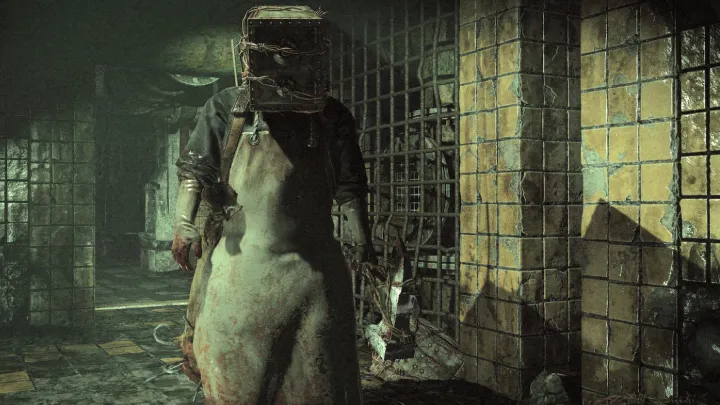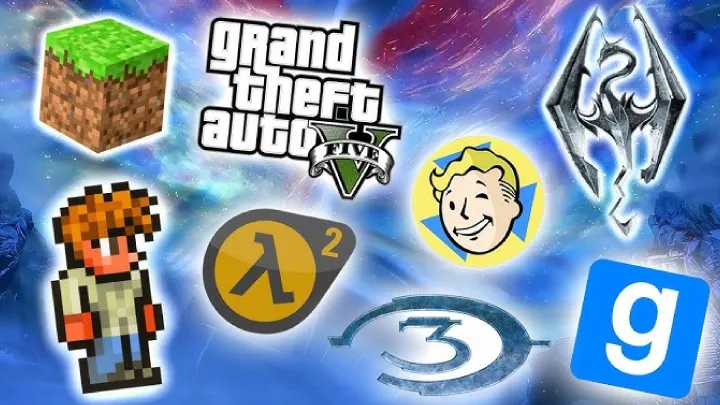Understanding the Game Mechanics
The Basics of The Evil Within
- Combat System: The game features a blend of gunplay and melee combat, with an emphasis on stealth. Players must decide when to engage enemies and when to avoid confrontation to conserve resources.
- Resource Management: Limited ammunition and health supplies require players to manage their resources wisely. Scavenging for items is essential for progression and survival.
The Importance of Exploration
- Hidden Items: Players should thoroughly search each area for hidden items, including ammo, health packs, and crafting materials. Exploration can provide the edge needed to survive encounters.
- Environmental Storytelling: The game’s environments tell a story of their own. Engaging with the surroundings can reveal important lore and context for the bizarre events unfolding around you.
Character Development
Upgrading Sebastian Castellanos
- The Upgrade Menu: Players can access the upgrade menu at safe havens, where they can spend Green Gel (the game’s currency) to enhance health, stamina, and combat capabilities.
- Prioritizing Upgrades: Focus on upgrades that suit your playstyle. Increasing health and weapon damage can be beneficial, but consider upgrading stealth abilities for a more cautious approach.
Crafting Items
- Crafting Mechanics: Players can craft ammunition, health items, and other useful tools using resources found throughout the environment. Gathering crafting materials is essential for survival.
- Item Management: Keep track of your inventory and prioritize crafting items that will be most useful for upcoming encounters. Don’t waste resources on unnecessary items.
Mastering Combat Mechanics
Effective Combat Strategies
- Stealth vs. Aggression: Determine when to engage enemies directly and when to use stealth. Sneaking past enemies can conserve resources for tougher encounters.
- Using the Environment: Utilize the environment to your advantage. Setting traps or luring enemies into hazardous areas can provide significant advantages in combat.
Understanding Enemy Types
- Common Enemies: Familiarize yourself with common enemy types, such as the Haunted and the Keeper. Each enemy has unique behaviors and weaknesses that can be exploited.
- Boss Encounters: Bosses often require specific strategies to defeat. Analyze their attack patterns and weaknesses, using the environment to create advantages during these encounters.
Navigating the World
The Map and Safe Havens
- Map Awareness: Although the game doesn’t feature a traditional map, players should pay attention to their surroundings and remember key locations for future reference.
- Safe Havens: Safe havens are crucial for saving progress and upgrading abilities. Use these areas to regroup and plan your next steps.
Collectibles and Side Quests
- Collectibles: Throughout the game, players can find collectibles that provide valuable lore and insights into the story. Engaging with these items can enhance the overall experience.
- Side Quests: Some areas contain optional side quests that offer rewards and additional lore. These quests can provide necessary resources and insights into the game’s narrative.
Managing Resources
Gathering Supplies
- Searching Thoroughly: Always search for items in every area, including drawers, cabinets, and hidden corners. Resources are often scarce, so thorough exploration is essential.
- Prioritizing Resources: Focus on gathering ammunition, health packs, and crafting materials. Managing these resources wisely can significantly impact your chances of survival.
Using Resources Wisely
- Conserving Ammo: Be mindful of ammo usage. Use melee attacks when possible and reserve firearms for tougher enemies or critical situations.
- Health Management: Use health items strategically. Don’t waste them on minor injuries; save them for critical moments when you’re low on health.
Engaging with the Story
Narrative Depth
- Character Development: Pay attention to Sebastian’s character development and interactions with other characters. Understanding their motivations adds depth to the narrative.
- Cutscenes and Dialogue: Cutscenes and dialogue provide valuable context for the story. Engaging with these moments can enhance your understanding of the unfolding events.
Choices and Consequences
- Player Decisions: While The Evil Within is mostly linear, some decisions can influence minor outcomes. Be mindful of your choices and their potential impact on the story.
- Exploring Different Endings: Consider replaying the game to explore different narrative paths and uncover hidden details. This can add depth to your overall experience.
Tips for New Players
Getting Started
- Take Your Time: Don’t rush through the game. Explore each area thoroughly to gather resources and understand the mechanics.
- Familiarize Yourself with Controls: Spend time getting comfortable with the controls and combat mechanics. This will help you respond effectively in tense situations.
Learning from Mistakes
- Save Often: Use save points frequently to avoid losing progress. This is especially important before challenging encounters or major story events.
- Experiment with Combat: Try different combat strategies and approaches to find what works best for you. Each player may have a unique playstyle that can affect their success.
Advanced Strategies for Experienced Players
High-Level Combat Techniques
- Combining Weapons and Abilities: Learn to combine different weapons and abilities for devastating effects. Utilizing a combination of gunplay and stealth can keep enemies off balance.
- Countering Enemy Moves: Pay attention to enemy patterns. Anticipating their moves and countering effectively can help you turn the tide in challenging encounters.
Exploring New Game Plus
- New Game Plus Mode: Once you complete the main story, consider replaying the game in New Game Plus. This mode allows you to carry over upgrades and experience, facing tougher enemies with improved tactics.
- Collectibles and Secrets: Use New Game Plus to uncover any missed collectibles and secrets. This is a great way to fully experience everything the game has to offer.
Conclusion



















